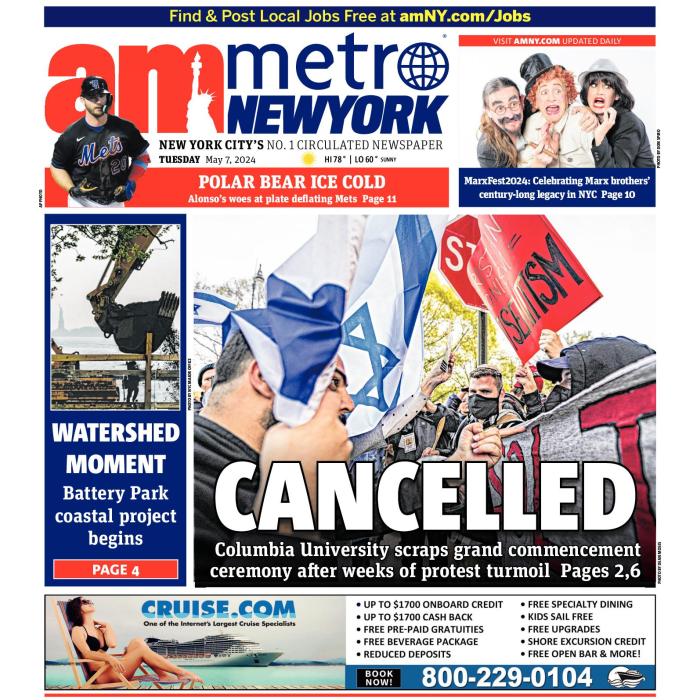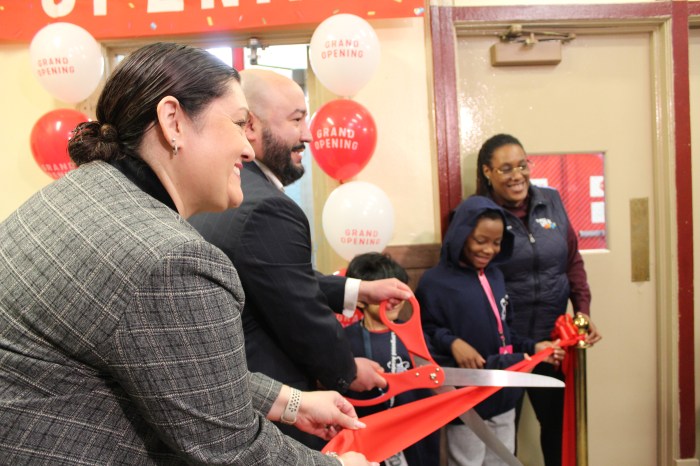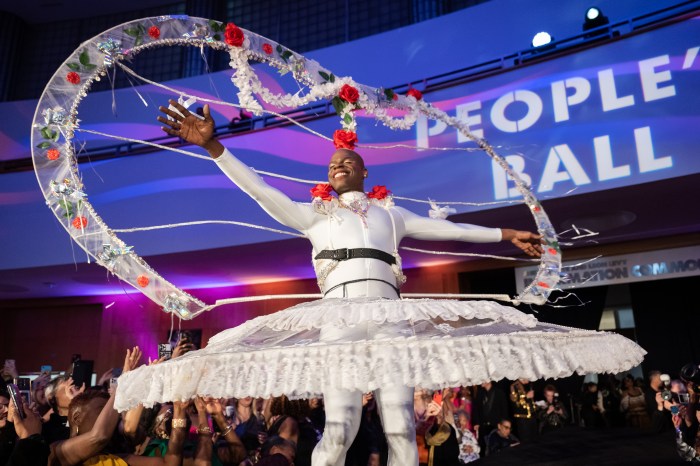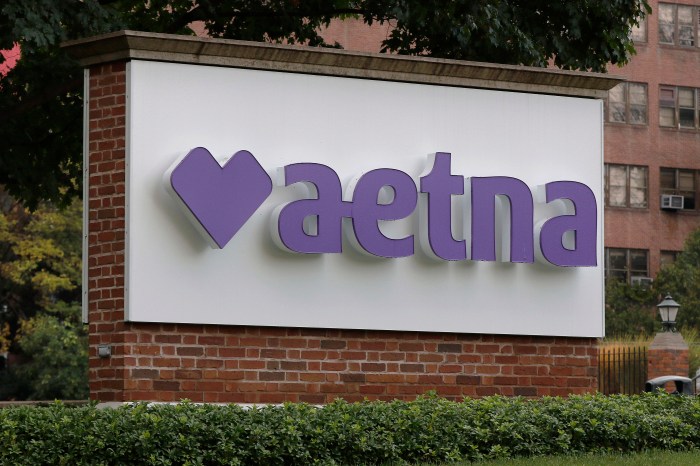BY Carl Weisbrod
Almost eighteen years ago – in July 1994 – I was interviewed by a New York Times reporter who asked me, “What would Downtown look like a decade from now?”
My response, in its entirety:
I think it would have a much more diverse economy. We’d see a lot of foreign investment. It would be closer to a 24-hour, seven-day-a-week community with increased street life on the weekends and in the evenings. The waterfront would be more accessible. Many people might even find it possible to walk to work. Lower Manhattan would be seen as the hottest part of the city where people wanted to live and work.
The reporter’s almost incredulous reaction:
“That sounds like quite an ambitious dream.”
Indeed, in 1994 it did seem somewhat ambitious, with many buildings totally empty, a commercial vacancy rate in the Financial District approaching 25 percent, isolated pockets of residents concentrated in Battery Park City and Southbridge Towers (largely bereft of the services those residents needed), Tribeca still in the early stages of its remarkable transformation and Hudson Square suffering from the last stages of the post-war de-industrialization of the city’s economy.
A lot of progress occurred before 2001 — including the successful efforts of the Giuliani administration and NYS Assembly Speaker Sheldon Silver to create incentives for the conversion of older Downtown buildings into residential use, as well as a business/real estate-led marketing campaign (“Plug and Go”) that brought hundreds of technology firms to Lower Manhattan.
In the aftermath of the devastating attacks on the World Trade Center, Downtown’s future once again seemed in doubt. But, although nothing can ever compensate for the nearly 3,000 lives lost in the attacks, the Lower Manhattan business and residential communities emerged from 9/11 more determined than ever.
Look where we are today:
Lower Manhattan is the fastest growing residential area in the city. Tribeca, by most indices, is the most desirable residential neighborhood in New York City. Many people Downtown do walk to work.
Downtown has been a national leader in demonstrating that mixed-use districts are the healthiest neighborhoods, benefiting businesses and residents alike. This revelation has reversed a century of zoning policy which sought to keep manufacturing, commercial and residential uses separate. Before 9/11, the Financial District was a retail wasteland. Now, despite the loss of almost twice as many workers as we have gained residents, Broad Street and Wall Street boast blocks of high-end retail. There is a Whole Foods on Chambers Street. New restaurants open their doors weekly. This was unimaginable 18 years ago.
The full potential of Lower Manhattan’s magnificent waterfront is finally being realized. Thanks to a pre-9/11 collaboration between Community Board 1 and the Downtown Alliance, followed by a brilliantly designed plan by Amanda Burden and the NYC Department of City Planning, the East River waterfront will soon be opened up for recreational and commercial use. With funding from the Lower Manhattan Development Corporation, construction is well underway. The Tribeca section of the Hudson River Park is nearly complete. Soon, the dream of a shimmering necklace along the waterfront from north of the Manhattan Bridge on the east, around Battery Park and up the Lower West Side of Manhattan, will be a reality.
Hudson Square is also changing for the better. It has become a sought-after hub for creative businesses and media companies. With zoning changes in the works, it too will soon evolve into a vibrant mixed-use neighborhood energized by new residents and new retail.
This is not to say that Downtown – however defined – (although my definition is from Houston Street south) does not continue to face challenges. The business spine along Water Street is shaky and requires economic and political support from the city and state. The Greenwich Street south area still struggles for an identity and should be better integrated with Battery Park City, to the advantage of both precincts. An ongoing need for more school seats will intensify as increasing numbers of young adults start families and raise children in Downtown neighborhoods. The W.T.C. development is moving ahead and promises to become a powerful engine for Downtown’s economy, but in the short-term public and private construction activities have created significant problems for businesses and residents alike.
As I look back almost two decades ago on what I thought could be achieved, I am heartened by how far we have come, and I am confident that our ambitious dreams will be fully realized.
Carl Weisbrod served as President of Trinity Real Estate for five years and currently serves on the Lower Manhattan Development Corporation Board of Directors.

















